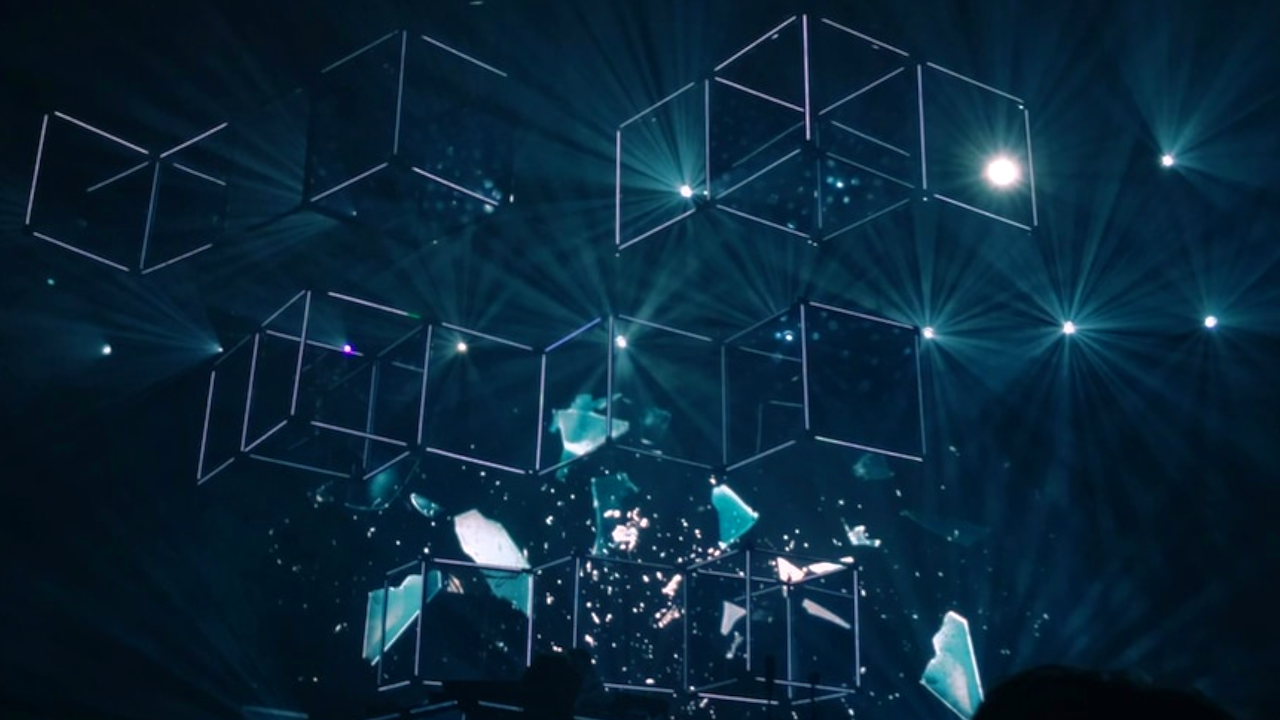

To view or add a comment, sign in
More articles by this author
No more previous content
-
Harmonizing Tech and Tradition: AI's Crescendo in Opera Marketing Strategy
Jan 18, 2024
-
META-EduHub "Navigating the Disruption of Generative AI: Adapting Instruction Complexity for Effective Leadership and Team Response in Academia"
Oct 2, 2023
-
Leveraging the Power of Deep Tech in Digital Forensics
Aug 7, 2023
-
The Era of The Metaverse
May 14, 2021
-
Building a Culture of Quantum
Mar 16, 2021
-
El Renacimiento de Liderazgo dentro del Arte y Los Innovadores
Oct 18, 2020
-
Impacto Educacional en el Arte: La Economía Laboral del Mañana
Oct 14, 2020
-
The Future of Arts- Why We Need a Business of Arts Renaissance
Oct 5, 2020
-
"Digital Transformation In Arts and Culture "
Jul 3, 2020
No more next content
Insights from the community
-
Virtual RealityHow can you design effective VR interactions for literature and writing?
-
Augmented RealityWhat common AR computer vision algorithms should you use for AR?
-
Augmented RealityHow can you use AR computer vision research to create an immersive real estate experience?
-
Augmented RealityHow do you deal with occlusion and occlusion management in AR?
-
Augmented RealityWhat are the most common techniques for AR Scene Understanding and Reconstruction?
-
Augmented RealityHere's how you can enhance your problem-solving abilities in AR through logical reasoning.
-
Virtual RealityHow can you design VR interactions to support scientific visualization?
-
Game DesignHow can you use machine vision to create more immersive game worlds?
-
Software DesignWhat emerging HMI development tools and technologies should you know?
-
Augmented RealityHow can you scale AR scene reconstruction and mapping for different hardware configurations?
Others also viewed
-
Unleashing Creativity with AI-Enhanced Background Scenes
Dana Loberg 6mo -
Revolutionize Your Images with 3D AI, Explore Apple's Leap into Spatial Computing, and Perfect Your Storytelling Strategy
Luke Wilcoxson 10mo -
AR Symphony: Real meets Virtual
Kyson Lee 9mo -
It's a stand-off: Apple vs Meta in VR, Artists vs Unethical AI, Spider-Man vs First Reviews and more..
Paul Booth 11mo -
AI and Augmented Reality: Enhancing Immersive Experiences and Visualizations
Prakhar jain 1d -
Super Synergy: Generative AI+ Augmented Reality
Annesha Debroy 9mo -
Instaverse AI: Revolutionizing 3D World Creation with One-Click Magic
Raki Sarkar 4mo -
Augmented Reality and AI: "Old Tricks, New Dogs"
Joe Desiderio 4y -
Augmented Reality: What to Expect in 2014?
Augmented Reality Trends 10y -
Creating Emotion-Driven Interaction
Tony Currie 4y
President at SEI & RevExpo Consulting |Founder & CEO at Opera Innovatica | IP World Business Angels Investment Forum | GMCC | IEEE & GBA Member | City of Doral Smart City Advisory Board | Publishing #web3.0 #sdgs17
8moThanks for sharing, Erki Vask.
Deep Tech #Diplomacy I #Ethics Advocacy I #AI Systems Integration I Fusion-Tech #Futurist I Sustainable Innovation Ecosystems Builder I G20 UN WEF EU Facilitator I Forbes I Board Advisor I Investor I TV/Media I Speaker
8moNetflix The Walt Disney Company Warner Bros. Discovery Univision Universal Studios Hollywood Bloomberg
President at SEI & RevExpo Consulting |Founder & CEO at Opera Innovatica | IP World Business Angels Investment Forum | GMCC | IEEE & GBA Member | City of Doral Smart City Advisory Board | Publishing #web3.0 #sdgs17
8moRebecca Fishman Lipsey
President at SEI & RevExpo Consulting |Founder & CEO at Opera Innovatica | IP World Business Angels Investment Forum | GMCC | IEEE & GBA Member | City of Doral Smart City Advisory Board | Publishing #web3.0 #sdgs17
8moMary Ann Sprinkle, MS
President at SEI & RevExpo Consulting |Founder & CEO at Opera Innovatica | IP World Business Angels Investment Forum | GMCC | IEEE & GBA Member | City of Doral Smart City Advisory Board | Publishing #web3.0 #sdgs17
8moDorothy Di Stefano